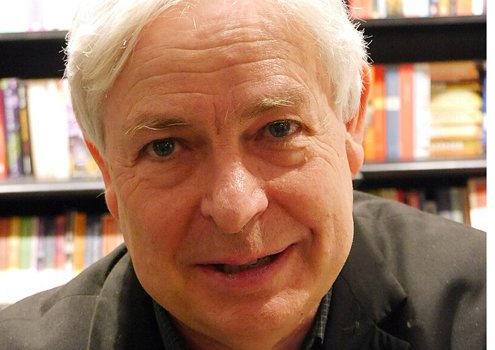Reading time: Less than 1 minute
I like to share interesting pieces of figurative language I encounter in my reading. I write today about personification from English novelist Jonathan Coe…
It’s always interesting to me to see how different writers use different types of figurative language.
Some for example, have a particular love of simile. Geraldine Brooks is one of those. Her similes pile up upon each other like pieces of driftwood stacking up on a beach.
Others, such as Tom Rachman, slither sleekly into metaphor.
Still others, such as Jonathan Coe, in his marvellous novel The House of Sleep, seem to specialize in personification. In the three examples I cite below, four of them involve inanimate objects seemingly springing to life. To my mind, this is one of the most under-used forms of figurative language, even though it is perhaps one of the most effective.
What do you think of what Jonathan Coe has shown here?
- All day and all night, the waves threw themselves dementedly against their rocky barricade, sending an endless roar like heavy traffic through the glacial rooms and mazy, echoing corridors of the old house.
- The ocean rumbled angrily in the distance. Waves were breaking upon the rocks with weary irregularity.
- Its doors [to a library] slid open automatically with a noise like a seductive exhalation of breath.
- Suddenly it was warm, as warm as it was ever likely to get during the summer, without a breath of wind and with a cloudless sky as blue as the deep blue at the base of a flame.
[Photo credit: Edwardx. Cropped. Licensed under the Creative Commons Attribution-Share Alike 4.0 International license.]


